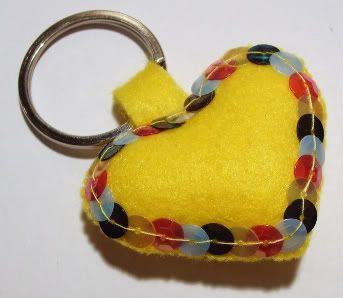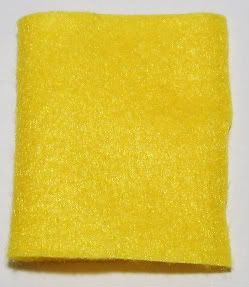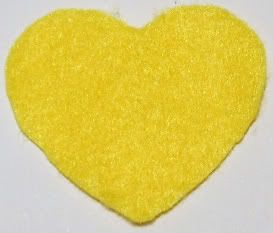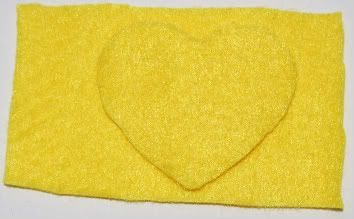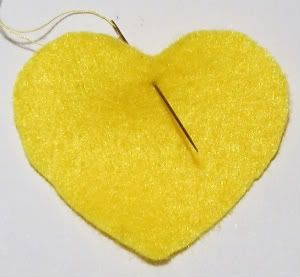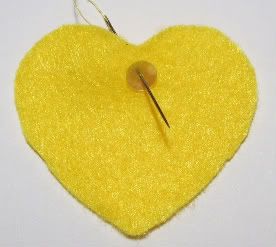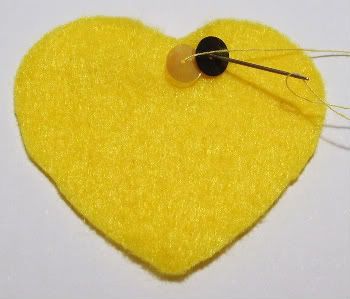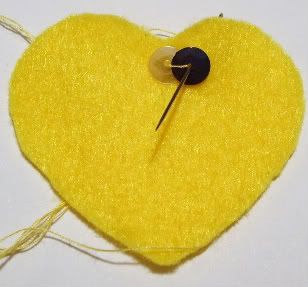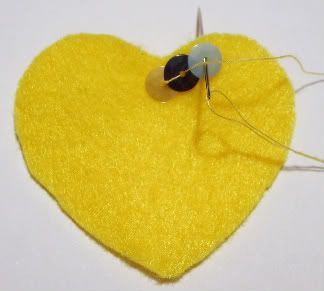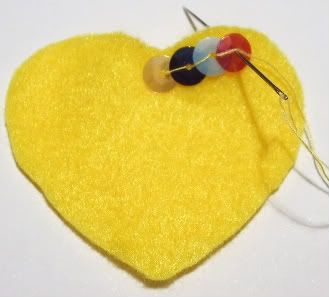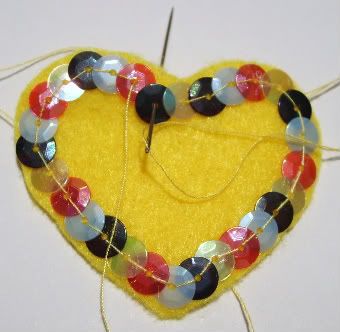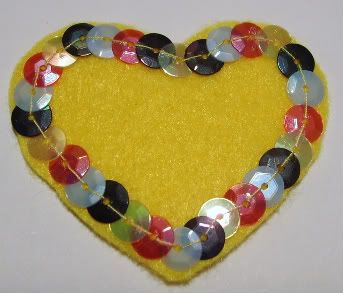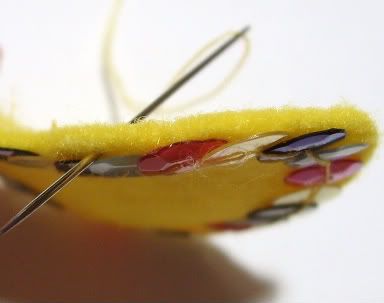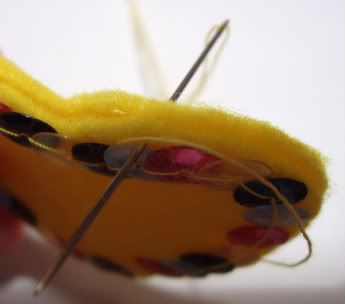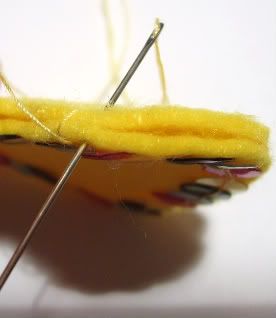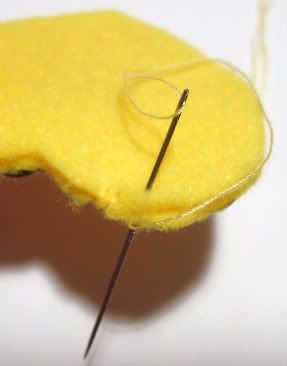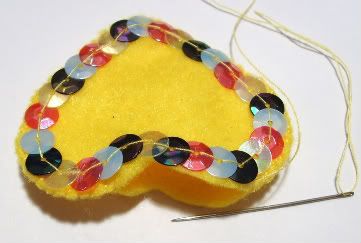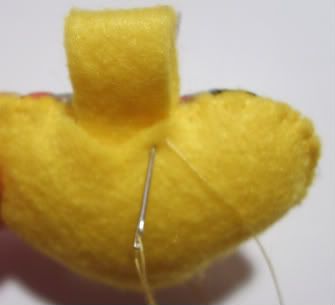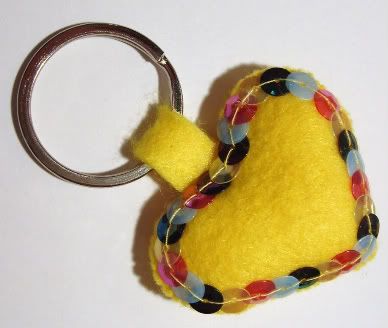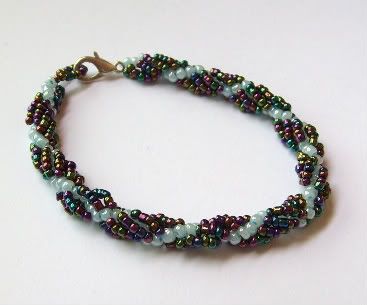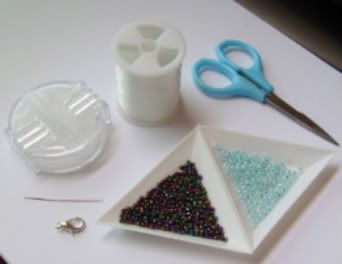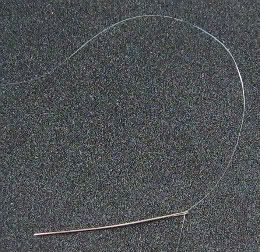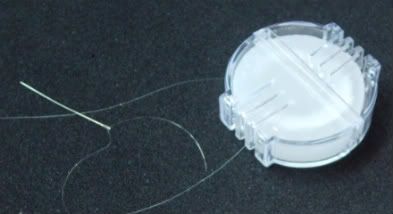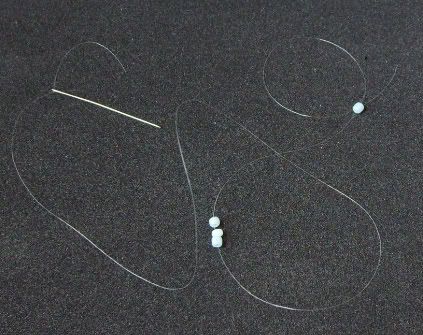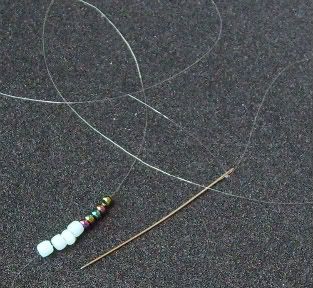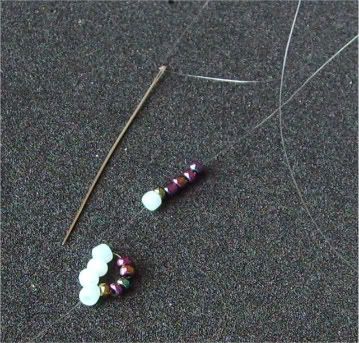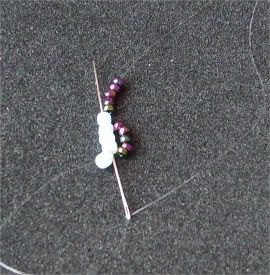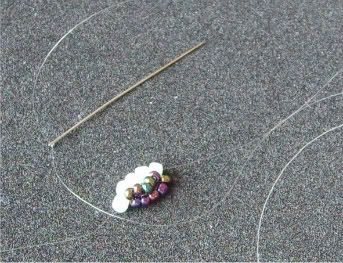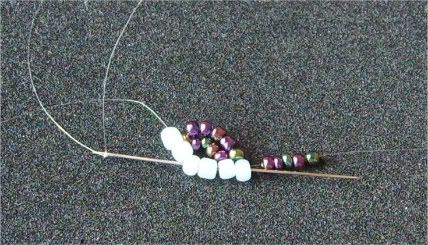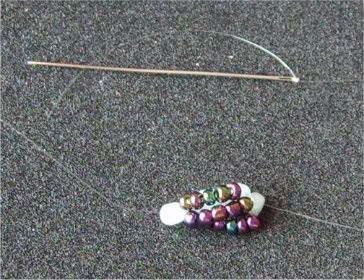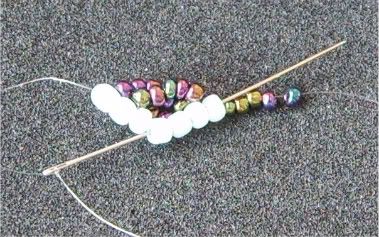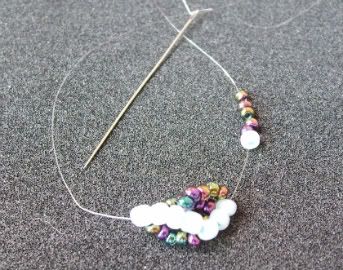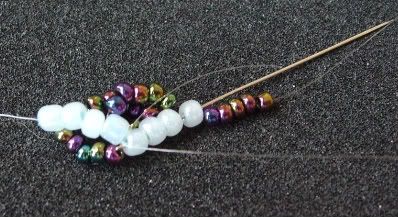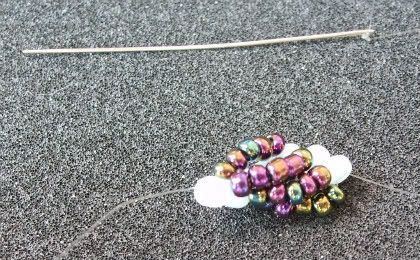This tutorial is very easy and fun to make. It doesn't need a lot of tools either and you will have a million things to do with this beaded bead once it's done. I made it into a mobile phone charm but you don't have to do that. Be creative!!!
So clear some space, get your beads and prepare to work.
Tools and Supplies
2. Fishing string or any other nylon string you trust.
3. Mobile phone charm string.
4. A metal ring.
5. Twelve (12) bicone beads of your colour choice. I like blue :D
Ready?
First things first. You won't need any needles here so make sure the string is small enough to go through the beads twice. String three beads on and try to keep them in the middle of the string.
The camera played tricks on me so I apologize for the quality. This is probably the trickiest part of the whole beaded bead. All you need to do is bring both ends of the string through the bead. Take the right side and bring it through to the left and the left side and bring it through to the right. You should end up with an "X" shape like the picture.
When you pull it you should end up with something that looks like that. See? That wasn't very difficult. Just make sure things stay in the middle. If they don't, don't panic, it's all good. Keeping things centered will make it easier for you to build on that but in case you find that difficult don't worry about it.
Now on either side of the string, you add one bead. These are beads five and six. Bead number one is the bead you see at the tail of the diamond shape you created. It is important to know which one it is because we will return to it at the very end.
Pull it and add beads 8 and 9. Not so difficult, is it?
Bead number 10. X shape and bring it all the way down. Try and keep things tight. The beads will take a round circular shape on their own.
Now add beads 11 and 12. You should have no loose beads left, everything should be strung by now.
Remember the bead we called bead number one? Take both ends of the string and cross them inside that bead like that. Right to left and left to right then pull tight.
When you pull the strings tight you should end up with a small beaded ball like this one. Go through some beads with the strings until you feel like things are secure then bring them both to one side and tie the strings together tight.
This is what your beaded bead should look like after you cut the excess pieces of string :) It's so cute, isn't it?
Now add the small metal ring and the mobile phone charm string and voila... You're done :D
I hope you enjoyed it and most importantly I hope you loved making it.
I know I did!
Nadia.
